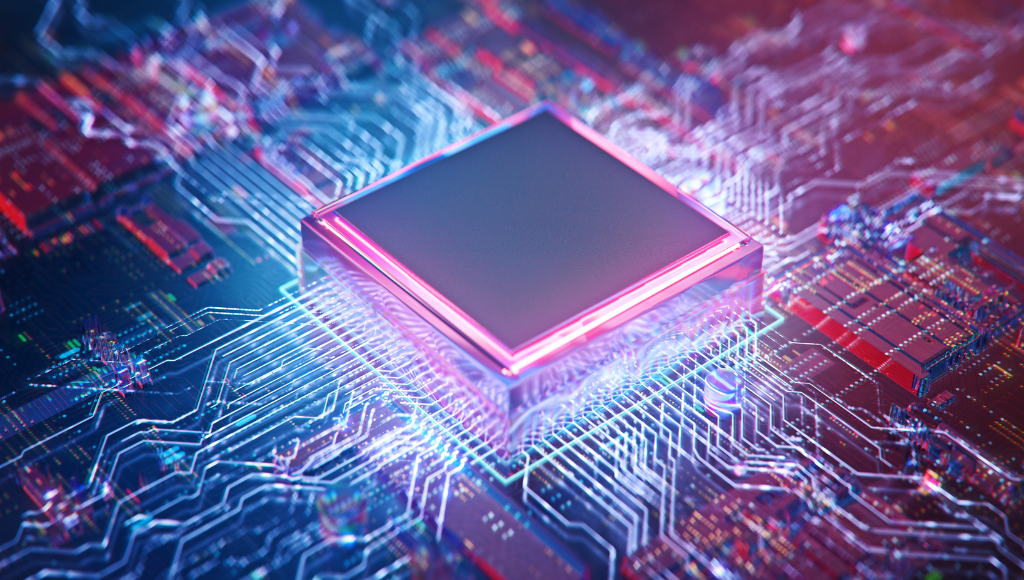Supercomputers, those behemoths of computing power, are a world apart from your trusty personal computer. Employed by scientists, tech companies, and research facilities, these colossal machines are pivotal for testing theories and crunching massive datasets. Keeping a finger on the pulse of the global supercomputer landscape is the biannual Top500 List, released in November and June. It’s the ultimate ranking, eagerly anticipated and closely watched. However, the rankings have been influenced by socio-political factors over the years.
Jack Dongarra, a professor at the University of Tennessee and co-founder of the Top500 list, recently spoke to the South China Morning Post. He revealed that China has three cutting-edge supercomputers in operation, unbeknownst to the world due to US sanctions.
Stringent US sanctions restrict China’s access to critical technologies, including chipmaking, with an outright ban on importing advanced technology that may have military or intelligence applications, such as AI.
China’s Technological Prowess Despite Sanctions
The reigning champion on the June 2023 Top500 list is ‘Frontier,’ an exascale computing marvel located at the Oak Ridge National Laboratory in Tennessee. In stark contrast, China’s highest-ranking supercomputer, ‘Sunway TaihuLight,’ sits at seventh place, with an HPL performance that’s only a fraction of Frontier’s. But Dongarra insists that China possesses supercomputers with peak performance exceeding Frontier’s.
“China has had these supercomputers for some time now. While they haven’t undergone benchmark testing, the research community has a fair understanding of their architectures and capabilities through scientific publications,” Dongarra commented to SCMP.
The US-China Tech Rivalry
In 2013, China’s Tianhe-2 system dethroned the US’ Titan to become the world’s top supercomputer according to the Top500 list. In response, the US banned Intel from supplying chips for Tianhe-2’s upgrade. Furthermore, in 2021, the US blacklisted seven supercomputer centers involved in developing China’s next-generation supercomputers.
The chips barred by the US are pivotal for achieving supercomputing excellence. Last month, the Biden administration escalated sanctions by prohibiting US investments in Chinese entities across three sectors: semiconductors and microelectronics, quantum information technologies, and select artificial intelligence systems.
While a Stanford study indicates that the US dominates in the production of significant language and multimodal models, Dongarra asserts that China retains its supremacy in supercomputer manufacturing.
“China remains the leading producer of supercomputers. With a combination of domestic and Western-designed chips, China assembles supercomputers that are exported worldwide, even to the US,” he added.
In the race for supercomputing dominance, it’s clear that both China and the US are still fiercely competitive, despite the hurdles posed by geopolitical tensions and sanctions.






